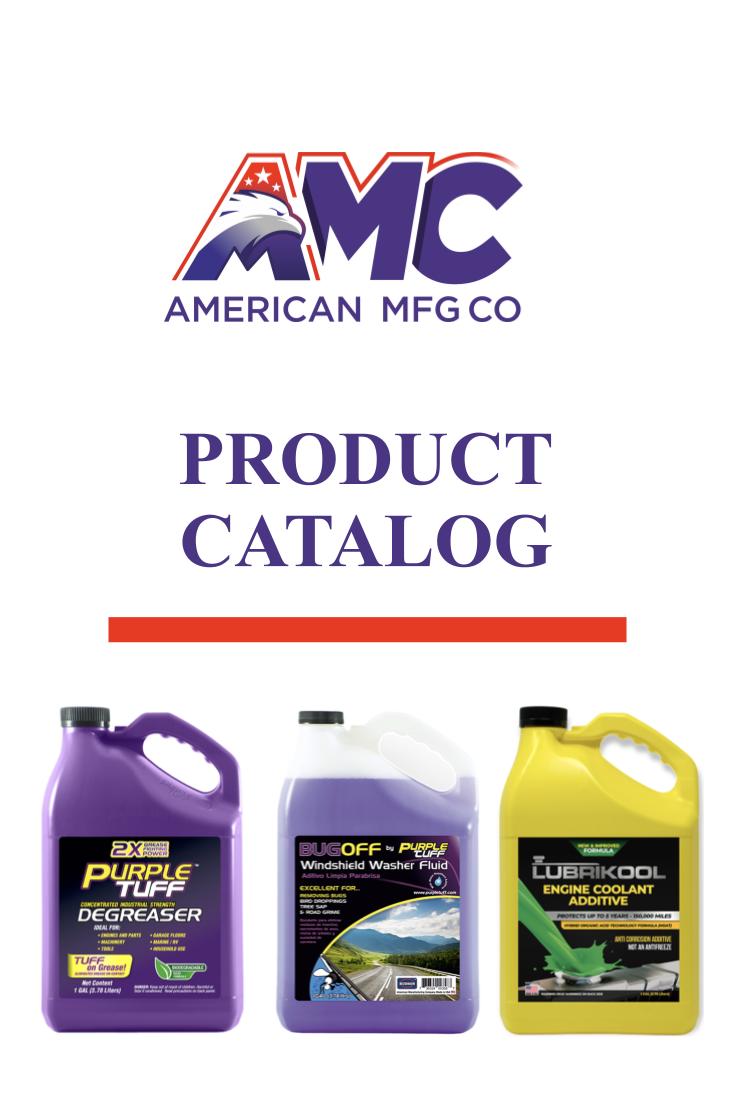Blog
The Dangers of Mixing Green and Orange Antifreeze

The Dangers of Mixing Green and Orange Antifreeze
Were you paying attention the last time you topped off your engine’s antifreeze level? If so, did you notice what color it was? The different colors of antifreeze can tell you a lot about its formula. Antifreeze or coolant fluids are mixed with a specific solution and all serve the same purpose: preventing the engine from overheating under extreme weather conditions. But if you don’t know the differences between antifreeze colors, you could end up buying the wrong one for your engine. Many car owners are curious about what happens if you mix different-colored antifreeze. Is it helpful or dangerous?
Orange vs. Green Antifreeze
Green antifreeze is the most common type for vehicles, although it doesn’t last as long as orange. However, green antifreeze works better in older cars with many steel and copper components in their cooling systems. Green antifreeze contains Inorganic Additive Technology (IAT), blended with silicone, phosphates, ethylene glycol, and propylene glycol.
Orange antifreeze, often branded as Dexcool, includes Organic Acid Technology (OAT), which contains carboxylates to reduce corrosion and works best with modern metal components. Silicone in the metal helps prevent wear, abrasion, and oxidation. At the same time, phosphates remove grease and debris from the engine. Propylene glycol and ethylene glycol help stabilize engine temperature under extreme weather conditions.
The Dangers of Mixing These Antifreeze Types
Now that we understand the different types of antifreeze and their importance, let’s discuss the risks you face if you decide to mix them.
Corrosion:
As mentioned earlier, green and orange antifreeze have different chemical compositions. When combined, they can create an acidic solution that causes corrosion. This corrosion can lead to costly repairs and even engine failure.
Reduced Lifespan:
Each antifreeze type has a recommended service life. Mixing them can shorten that lifespan, leading to more frequent coolant changes and higher maintenance costs.
Clogging:
The different acids in both antifreeze types can react with each other, forming a gel-like substance that clogs the radiator and cooling system components. Mixing them can create sludge and deposits that affect the system’s efficiency.
Inefficient Cooling:
Green and orange antifreeze have different boiling points and heat transfer capabilities. Mixing them won’t deliver proper engine cooling. Since they’re designed for different types of engines, combining them can result in poor performance and even overheating, causing engine damage.
Harder to Diagnose Cooling Problems:
Mixing green and orange antifreeze creates an unknown composition that can make it harder for mechanics to diagnose cooling system issues. This often leads to longer service times and higher repair costs.
If you’re thinking about mixing antifreeze to save a few dollars, don’t do it. Saving $30–$50 may seem good in the short term, but it could lead to damage costing hundreds or even thousands of dollars later. If you want to save money, consider adding distilled water—it’s cheaper and helps prevent corrosion. However, the best solution is always to use the antifreeze recommended by your vehicle’s manufacturer, since they know your engine better than anyone else.
American MFG Co. is the go-to place if you’re looking for the best antifreeze to keep your car performing at its best. As manufacturers of top-quality automotive and industrial chemicals in the U.S., they provide reliable products you can trust. Be smart, make wise decisions, and drive worry-free.




